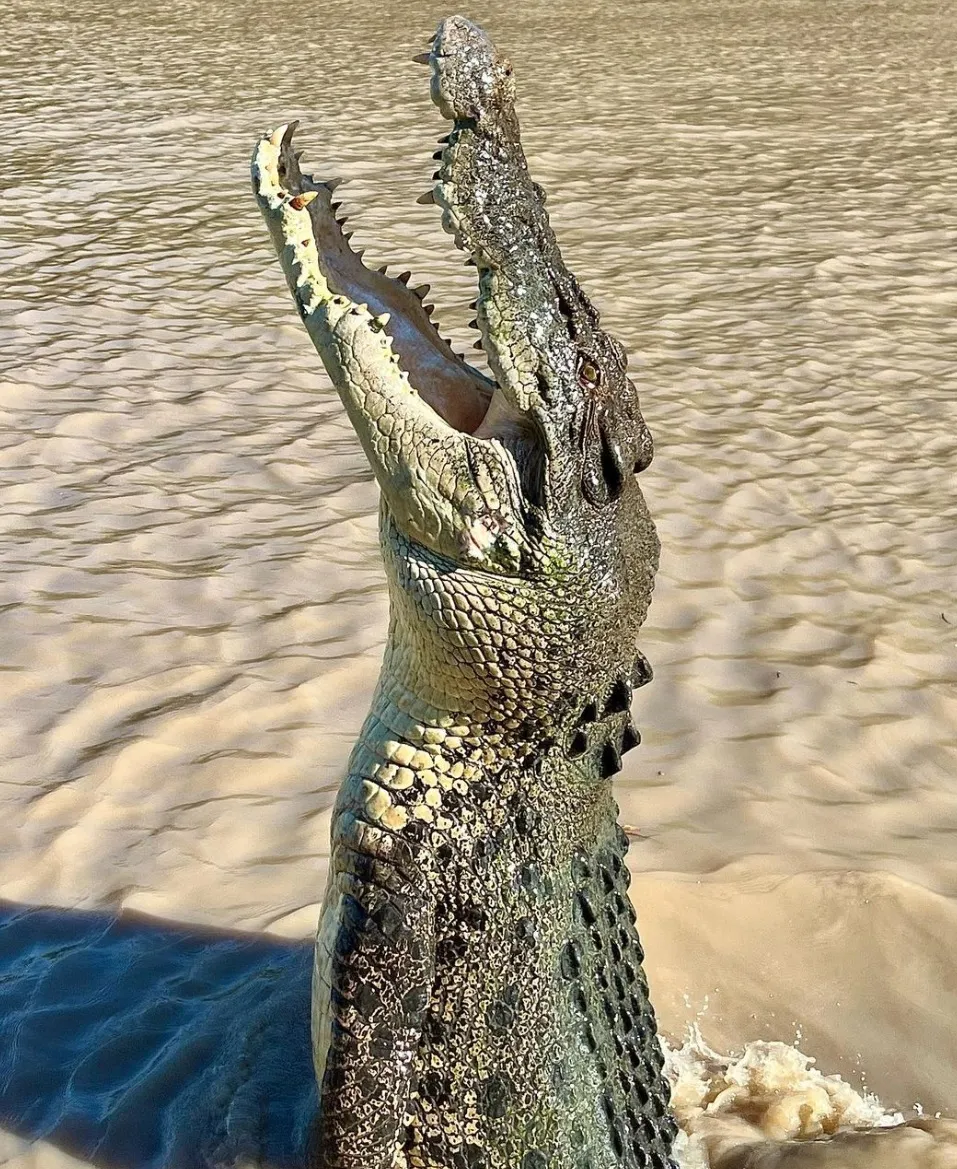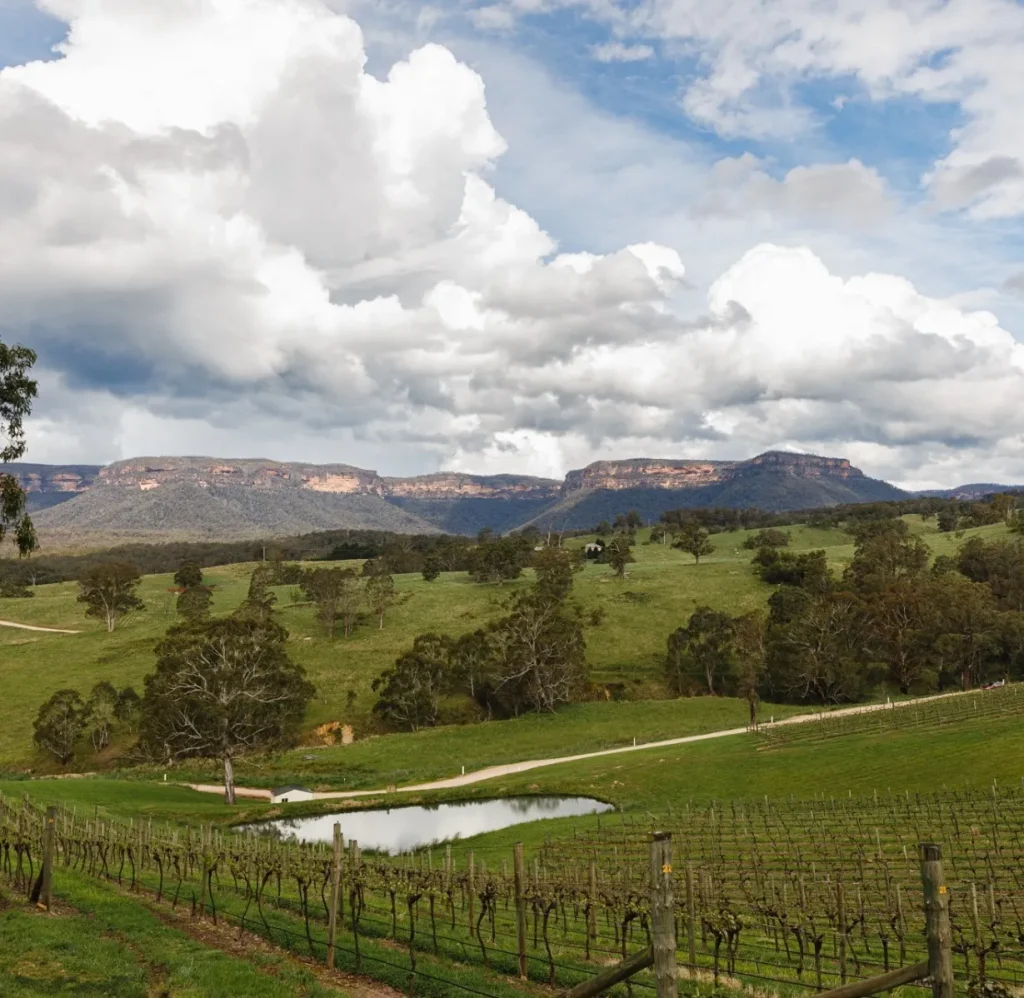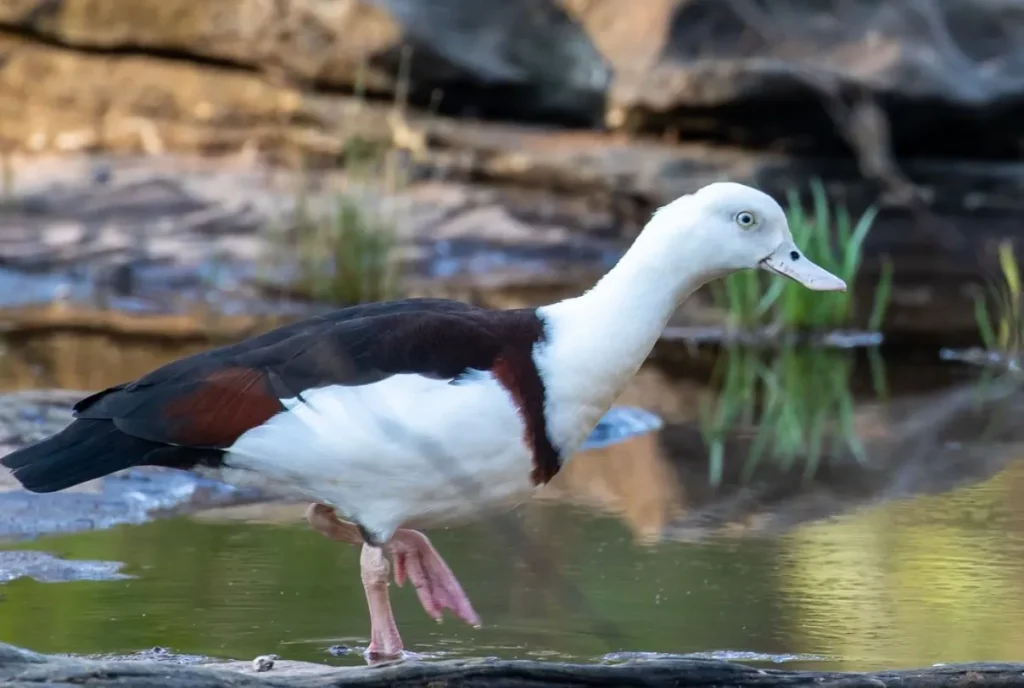You’ve seen the pictures, the videos, the TV shows and the documentaries. Crocodiles leaping out of the water to catch prey or play with boats is a well-known phenomenon along the Adelaide River in Australia. Visitors from all over the world come to see these saltwater crocodiles do acrobatics that defy their lazy reputation. But what makes these ancient creatures launch themselves into the air? This article will examine the science, behaviour, and environmental factors behind this crazy behaviour and give you a glimpse into the mysterious world of the saltwater crocodile.
Crocodile Biology: The Ambushers
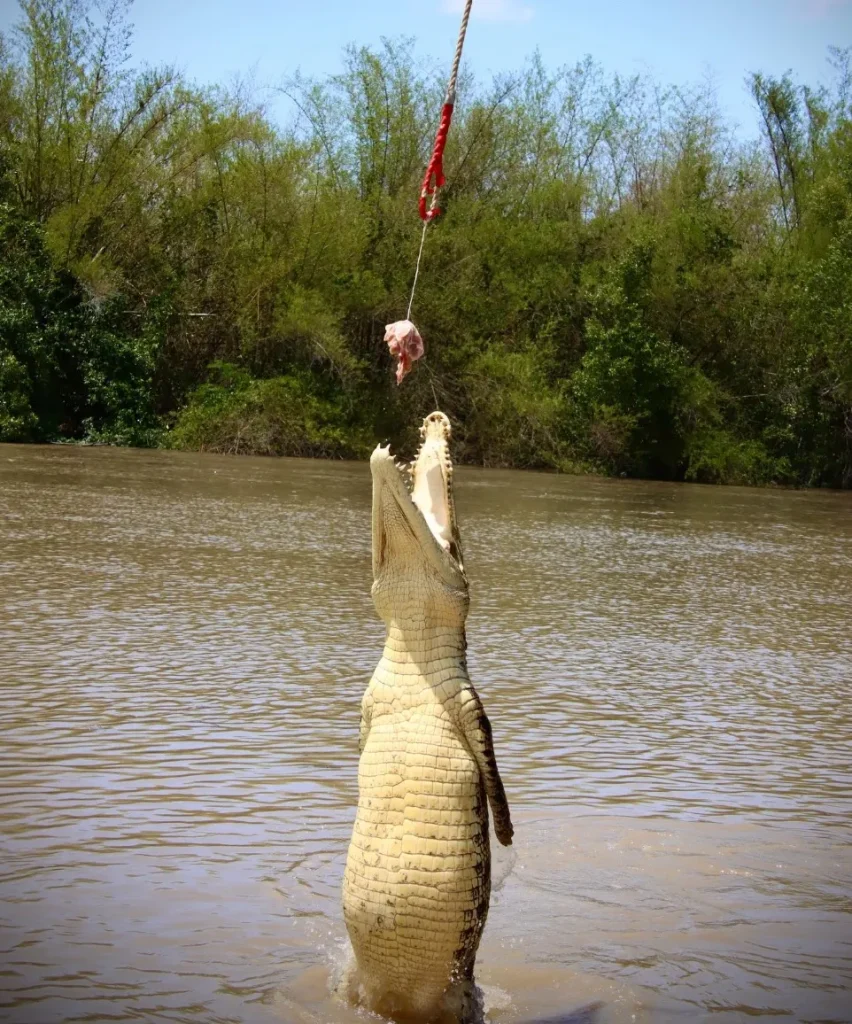
Saltwater crocodiles are apex predators with big, powerful tails and robust bodies built for explosive movement. They’re often seen as lazy or slow but can surprise you with bursts of speed and strength when ambushing prey. Their tails make up nearly half their body length and provide the power to launch them out of the water vertically, making them effective hunters above and below the surface. This is influenced by body size, age and other aquatic and semi-aquatic animals in their territory.
Why Do Crocodiles Jump? The Reasons Behind the Behaviour
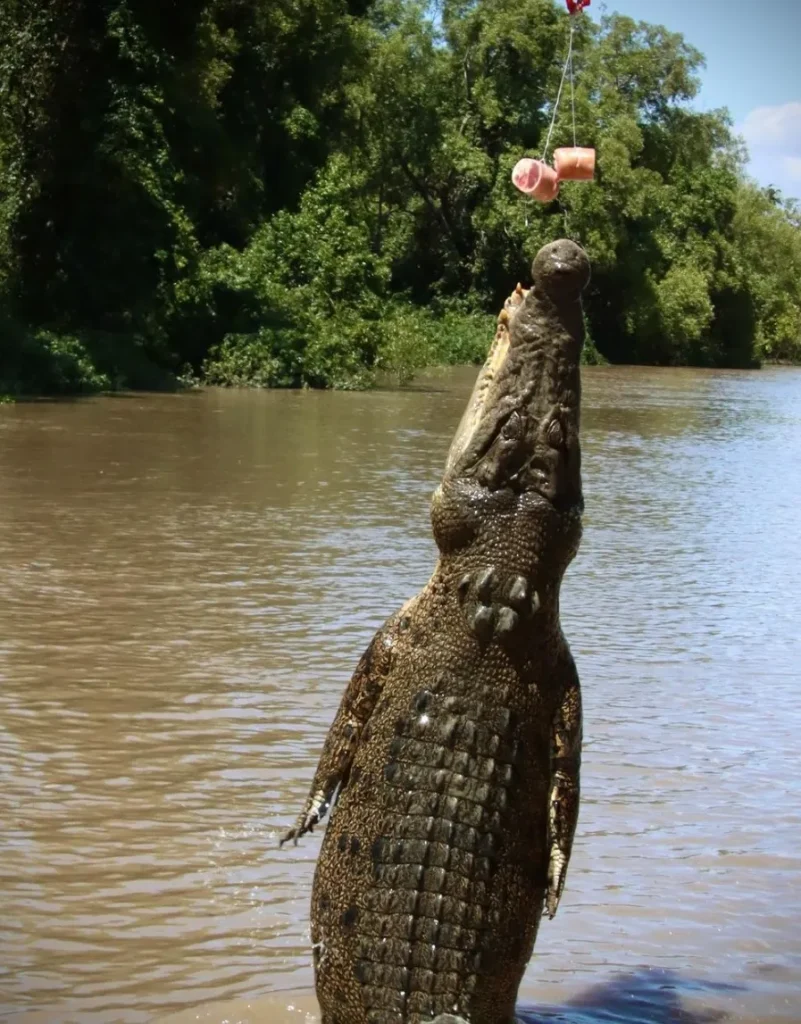
There are several reasons why crocodiles do this crazy jumping behaviour. Mostly, it’s a hunting technique. Crocodiles jump to catch birds or small animals on low-hanging branches or to grab prey that’s just out of reach on riverbanks. Jumping is also a way for crocodiles to assert dominance or display strength to other crocodiles during mating or territorial disputes. For adult males, jumping is also a display of power to intimidate rivals or attract females. During the Adelaide River Cruises and crocodile tours, crocodiles have also learned to associate boats with food, often in the form of bait on a fishing line, and will jump in anticipation of a feed.
Environmental Factors: How Water Conditions Affect Jumping
The physical environment has a big impact on the crocodile’s ability to jump. Water depth, clarity and current all influence when and how they jump. For example, in the wet season, with higher water levels and more prey, the jumping behaviour changes. Crocodiles use more stealth and ambush in murky or shallow water rather than jumping. In the deeper sections of the Adelaide River, which have better water quality, they’re more likely to jump as the conditions are right for them to generate the upward thrust to break the surface.
The Physics of a Crocodile’s Jump: The Mechanics
A crocodile’s jump is an awesome display of power and coordination. It’s all physics and biology. It starts with a big flick of the tail that propels the body out of the water. Crocodiles use their streamlined, symmetrical bodies to reduce drag and increase jumping efficiency. Research shows that big animals like adult crocodiles can jump nearly 2 meters high. This jump height is affected by entrained water – the amount of water that’s carried along with the crocodile’s body during the jump – and their Normalized jump height, a measure of jump efficiency relative to body length and mass. These adaptations make crocodiles formidable predators and interesting subjects for International Comparative Studies on aquatic and semi-aquatic animals.
Human Influence on Jumping Behaviour
Human interaction has changed the frequency and predictability of jumping behaviour in crocodiles. In places like the Adelaide River, Darwin crocodile tour operators have conditioned crocodiles to associate boats with food. This has made crocodiles more likely to jump on cue, and it has become a tourist attraction. While this is good for the economy through eco-tourism, it also raises ethical and safety concerns about changing the natural behaviour of wild animals.
Adaptations and Mechanics: The Physics of a Crocodile’s Jump
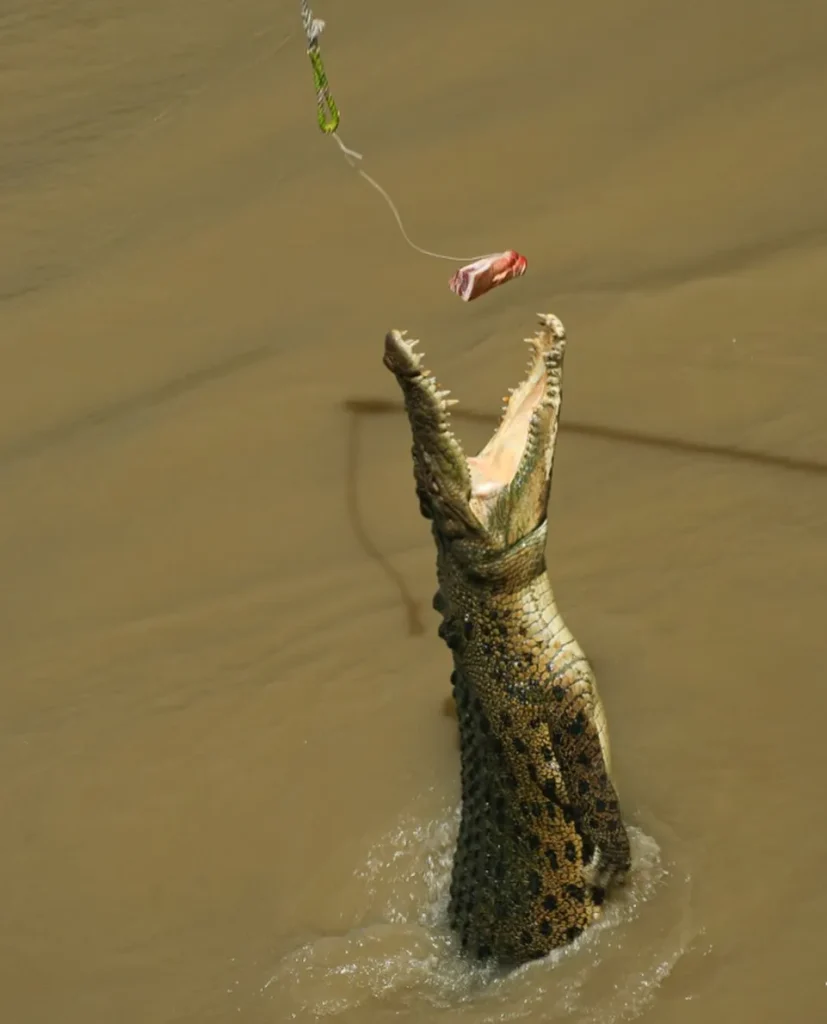
A crocodile’s jump is awesome. It starts with a big flick of the tail that propels the body out of the water. The crocodile positions its body to reduce drag and with a burst of power it can jump high. Research shows a full grown crocodile can jump nearly 2 meters high out of the water, that’s how good they are and how well their adaptations work.
Seasonal Variations: When Do Crocodiles Jump?
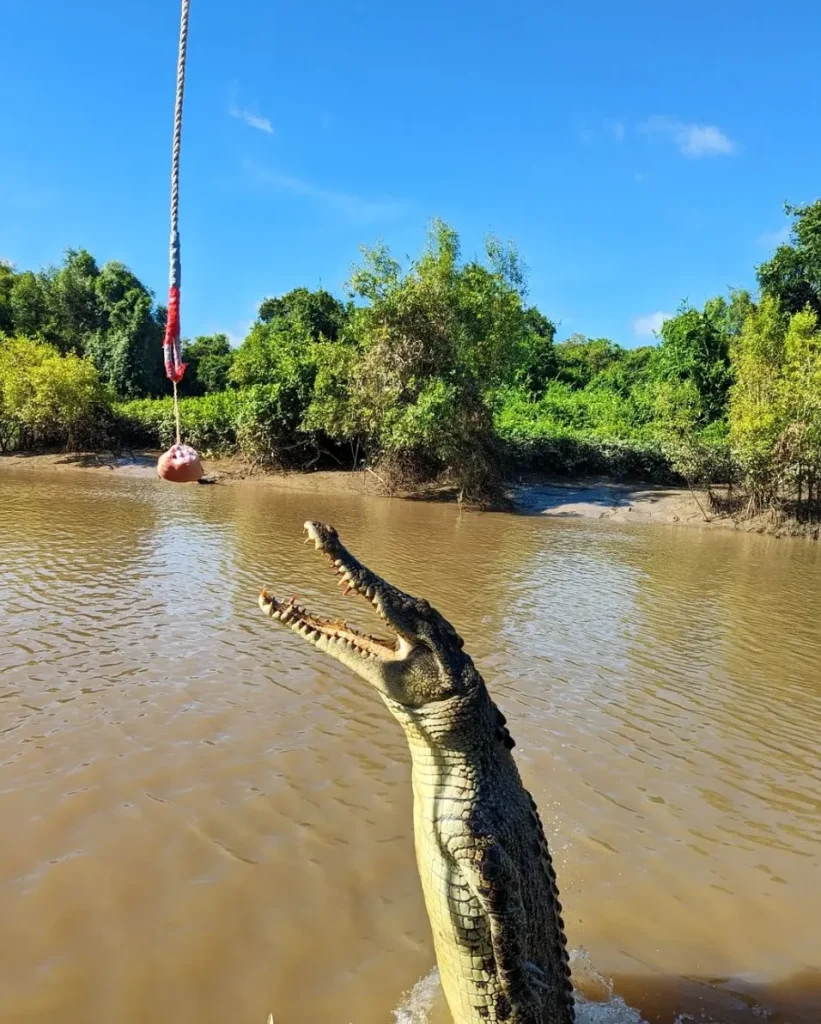
Seasonal changes play a big role in crocodile behaviour, including jumping. During the dry season when the water is lower and prey is more concentrated, crocodiles are more likely to jump to get to food that’s out of reach. In the wet season the water is abundant and prey is dispersed so they don’t need to jump as much.
Safety for Viewing Jumping Crocodiles
While seeing crocodiles in the wild is an exhilarating experience, safety always comes first. Tourists should only view jumping crocodiles on authorized boat tours with experienced guides who know the behaviour and safety protocols. Don’t approach these animals in the wild or try to make them jump without proper guidance. It’s very dangerous.
Jumping Crocodile Tours’ Impact on Conservation
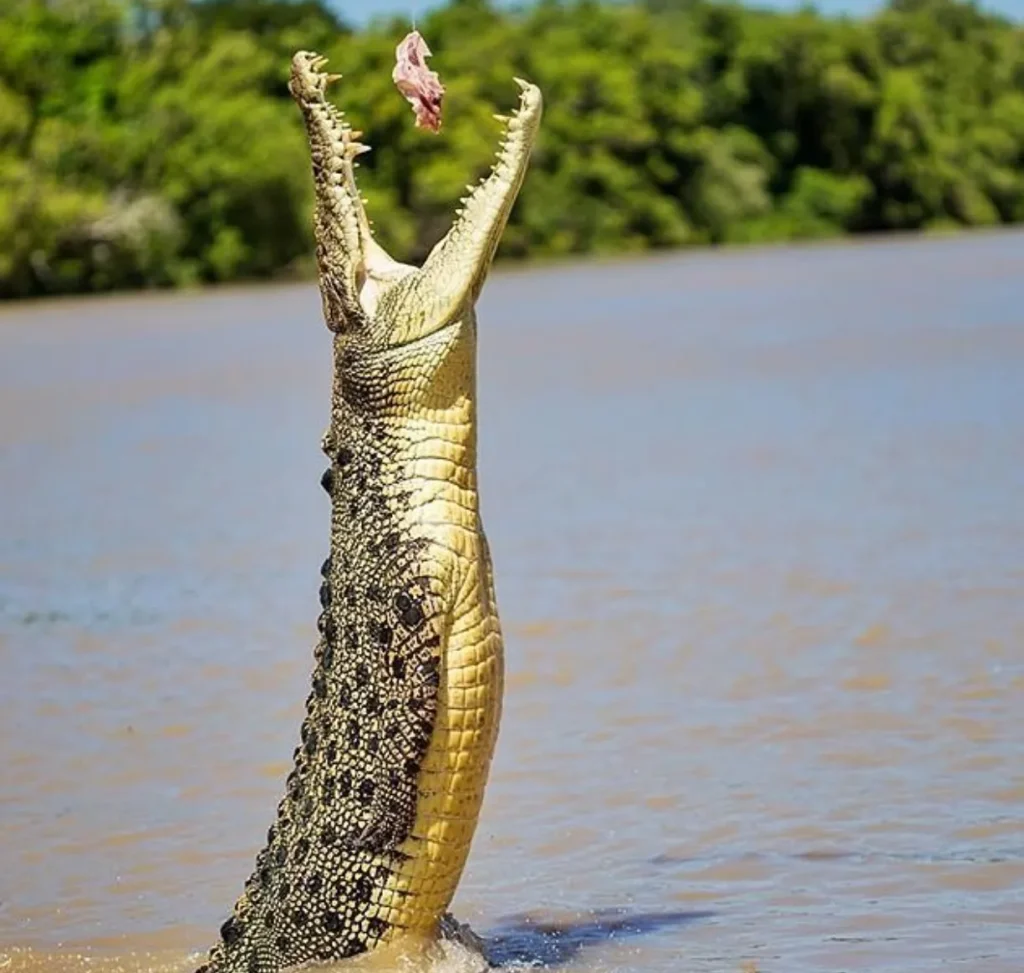
Jumping crocodile tours are a hot topic among conservationists and wildlife buffs. On one side they educate the public about crocodile ecology and the importance of their habitats. On the other hand feeding crocodiles from the boat can alter their natural hunting behaviour and increase the risk of crocodile human encounters. Sustainable tourism and strict regulations are key to ensuring these tours benefit both local economy and wildlife conservation.
Final thoughts
Jumping crocodiles is a combination of biology, environment and learned behaviour. It’s a special experience for those who get to see it and a reminder of the power and resilience of these old reptiles. Understanding why crocodiles jump out of the water gives us insight into their complex behaviour and why we should respect their natural environment. As we continue to explore and interact with them, we need to balance our curiosity with responsible and sustainable practices.
FAQ
Are jumping crocodiles dangerous?
Yes they are, especially when provoked or conditioned to associate humans with food. See them from a safe distance and under the guidance of experienced guides.
Why do crocodiles jump at boats?
Crocodiles will jump at boats if they have been conditioned to associate them with food. This is often seen in areas where tour operators feed crocodiles to encourage jumping for tourists.
When is the best time to see jumping crocodiles?
Dry season (May to October) is the best time to see jumping crocodiles as the water is lower and they are more likely to jump for food.
Is it ok to do jumping crocodile tours?
While these tours can be educational, make sure to choose operators that follow ethical practices and don’t alter crocodile behaviour or put them at risk.
How high can a crocodile jump?
Up to 2m (6ft) high. Depends on size and water depth.
